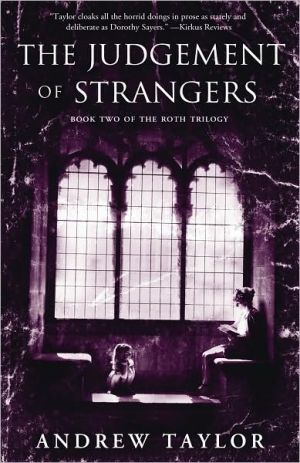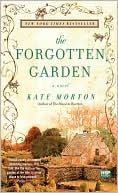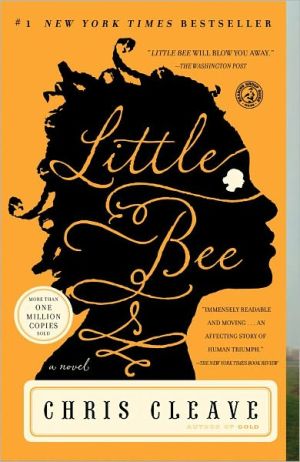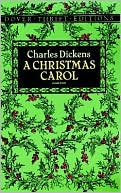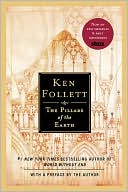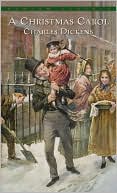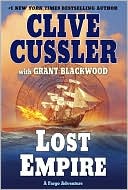The Judgement of Strangers (Roth Trilogy #2)
'Complex, with lots of sinister implications! moves the traditional crime novel on to some deeper level of exploration' Jane Jakeman, Independent It is 1970. David Byfield, a widowed parish priest with a dark past and a darker future, brings home a new wife to Roth. Throughout the summer, the consequences of the marriage reverberate through a village now submerged in a sprawling London suburb. Blinded by lust, Byfield is oblivious to the dangers that lie all about him: the menopausal...
Search in google:
Taylor probes the secret history of murder, delving deep into the past to find the origins of a serial killer in his second novel of the Roth Trilogy. Here is the story of David Byfield, a widowed parish priest with a dark past and a darker future. The suburban town of Roth is haunted by its past, and struggling to break free. But by initiating a series of gruesome murders and mutilations, echoing crimes committed years before, someone in the village is trying to assure history’s tight grip over the present. The community has no shortage of suspects, from the village vicar in the throes of a midlife crisis to the unusual brother and sister newly relocated to the town of Roth. Audrey Oliphant, churchwarden, spinster and secret admirer of the vicar, fancies herself as Miss Marple, and when the corpse of her cat, Lord Peter, is found nailed to the church door, she decides to investigate. By the end of her investigation, two people are dead, one is in jail, and a fourth is insane.Publishers WeeklyThis second book in the planned Roth Trilogy looks back a generation at some of the origins of characters and action in the first book, The Four Last Things (1997). Taylor builds a powerful narrative as his struggling characters face an array of temptations that the reader knows early on will overwhelm them. Set in 1970 in the village of Roth, near London, the tale is narrated by David Byfield, a Church of England minister. The near bucolic setting hides a raft of jealousies and passions that quietly build and seethe until the inevitable crest. As David, his new wife, Vanessa, his daughter Rosemary, home for school holiday, and his godson Michael try to adapt to living with one another, other forces obtrude. But David's concern with the church fete stirs up trouble, as does Vanessa's research into the life of the mad poet-priest, Francis Youlgreave, buried in the parish church, and Rosemary's infatuation with the handsome young man who has just moved into Roth Park, the village's big manor house. The clincher is David's growing attraction to the young man's ethereal older sister. Although Taylor has willingly sacrificed some suspense by adopting this reverse chronology, he is sufficiently skillful to keep the reader on edge all the way to the stunning climax. (Oct.)
\ Publishers Weekly - Publisher's Weekly\ This second book in the planned Roth Trilogy looks back a generation at some of the origins of characters and action in the first book, The Four Last Things (1997). Taylor builds a powerful narrative as his struggling characters face an array of temptations that the reader knows early on will overwhelm them. Set in 1970 in the village of Roth, near London, the tale is narrated by David Byfield, a Church of England minister. The near bucolic setting hides a raft of jealousies and passions that quietly build and seethe until the inevitable crest. As David, his new wife, Vanessa, his daughter Rosemary, home for school holiday, and his godson Michael try to adapt to living with one another, other forces obtrude. But David's concern with the church fete stirs up trouble, as does Vanessa's research into the life of the mad poet-priest, Francis Youlgreave, buried in the parish church, and Rosemary's infatuation with the handsome young man who has just moved into Roth Park, the village's big manor house. The clincher is David's growing attraction to the young man's ethereal older sister. Although Taylor has willingly sacrificed some suspense by adopting this reverse chronology, he is sufficiently skillful to keep the reader on edge all the way to the stunning climax. (Oct.)\ \ \ \ \ Library JournalThis second volume of Taylor's planned Roth trilogy takes place in 1970, 20 years prior to the events of the first novel, The Four Last Things (St. Martin's, 1997). Vicar David Byfield of Roth, an English village turned London suburb, finds himself caught in a sticky web of deceit. His sexless second marriage, to a woman interested in writing the biography of a vaguely disreputable local Victorian poet, alienates his only daughter. Then David falls in lust/love with a possibly mentally ill young woman haunted at times by the ghost of said poet. Throw in a dying old woman who owns the poet's papers, a murdered cat, and a village crusader, and the "cosy" atmosphere is complete.\ \ \ Kirkus ReviewsTwenty-five years before Michael Appleyard's daughter was kidnapped in The Four Last Things (1997), the pre-teen Michael spent the summer of 1970 visiting his godfather David Byfield, the vicar of Roth. Michael wasn't to know that the events of the summer, David's first with his second wife, publisher Vanessa Forde, would run the gamut from adultery to drug dealing to madness to murder, all evidently presided over by the ghost of the Rev. Francis Youlgreave, the mad poet-priest who communed with dark powers and mutilated animals before he was carried to his grave beneath the vicarage chancel. Writing from the lusty, repressed vicar's point of view, Taylor cloaks all the horrid doings in prose as stately and deliberate as Dorothy Sayers's in The Nine Tailors: "The first time I kissed Joanna was late in the afternoon of Monday, 24th August." Yet despite portentous foreshadowing out of the Had-I-But-Known school and endless episodes of kissus interruptus, the sense of foul menace mounts to a fine frenzy as David dallies with bored newcomer Joanna Clifford, outraged tearoom historian Audrey Oliphant mourns her beheaded cat, and the villagers punctuate their preparations for the climactic village fete by speculating about what might have happened to village doyenne Lady Youlgreave, mad Francis's horribly dead niece.\ \
